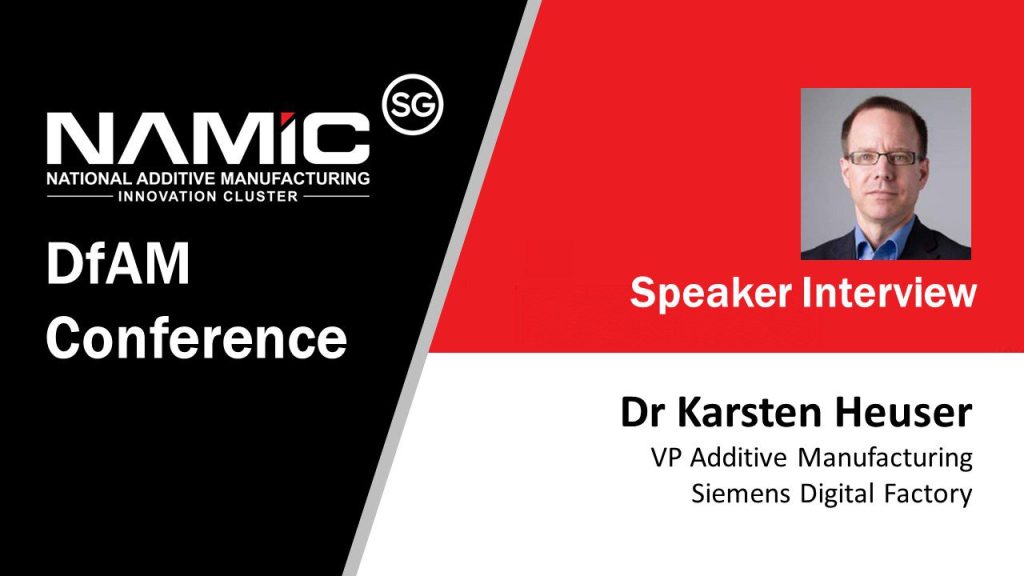Please share how 3D Printing, in particular DfAM could improve quality of life in the future?
Additive Manufacturing offers the possibility for performance improved designs of products, means light weighting bionic designs. Furthermore e.g. digital spare parts business models could be deployed with printing a spare part once it is needed. Applications in Healthcare with individualized designs will improve life of the patients. A great example for AM as a grassroots movement to do so can be found here: https://www.digitalengineering247.com/article/engineering-girl-power-unleashed-on-prosthetic-redesign/prototype
Please share what your views are on the evolution and growth of Additive Manufacturing processes and materials to revolutionize manufacturing.
AM in prototyping is well established for years now. AM with performance driven design by generative engineering is also being used around the world and the respective business cases are well accomplished. The next wave of AM is the transition towards serial production. Automotive, Aerospace, Energy and Healthcare are the main industries driving AM into serial production right now. To facilitate that tremendous progress has recently been made when it comes to what materials can be used to print, what size of products can be printed, to which extend can the single printing process be predicted and what level of integration between the design and the printing process is possible in order to drive process consistency and repeated product accuracy.
How does DfAM help in productivity and cost reduction with respect to your industry?
Bionic designs by generative engineering, lattice structured unique to the application of the product and performance driven designs results utilizing the power of topology optimization all lead to higher efficiency and are applied in products like gas turbines today. Combining many assembly steps into one printing process yield to productivity and cost savings in today’s factories.
What are different challenges startups and MNCs face in adopting Design for AM?
Main challenge is to deliver AM systems or AM software with industrial quality, worldwide available maintenance, connectivity to larger MES, industrial shop floor management systems. Main challenge for AM user is the design capability of the engineers to rethink products for AM. A vast majority of our engineers today is used to rework existing models and drawings in order to come up with a “new” design, but that of course limits your possibility to utilize the specific advantages that only AM can give to you and your design.
What does Additive Manufacturing mean to you and to your business journey?
AM will disrupt the way we design, develop and produce products in the future. Industrialization needs seamlessly integrated software, automation and hardware solutions. AM is one of the first industries that industrializes in the era of digitalization. Siemens is fully committed to allow these two processes in the industry to mutually reinforce each other while driving AM into serial production.
Please quote 1 successful application of DfAM.
Burners in Gas Turbines are printed in serial production as well as used in many installations by Siemens Gas and Power with a capacity of up to 1000 Burner produced per year.

